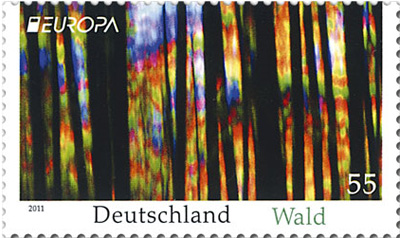Since 1994 the Breeding Bird Survey (BBS) has revealed a major decline in the numbers of some woodland birds but those with the most specialist habitat requirements (some of which are also long-distance migrants), have shown the most dramatic declines, notably willow tit Parus montanus (down 77 per cent), spotted flycatcher Muscicapa striata (down 59 per cent), wood warbler Phylloscopus sibilatrix (down 57 per cent) and pied flycatcher Ficedula hypoleuca (down 54 per cent). In France, there has been a steep decline since the 1990s of the Wood Nuthatch Sitta europaea (down 48%),Willow Warbler Phylloscopus trochilus (down 54%), Marsh Tit Parus palustris (down 53%), Grey-faced Woodpecker Picus canus (down 62%), Wryneck Jynx torquilla (down 44%) and Common Crossbill Loxia curvirostra (down 54%) as well. Similarly dramatic decline took place in the woodlands of Germany since the 1990s (with the exception of the Wood Nuthatch). The German Golden-Oriole Oriolus oriolus is in decline since the 1990s as well. The dramatic woodland bird decline in the UK, France and Germany appears to be associated with decline of the Eurasian Sparrowhawk Accipiter nisus, which nearly exclusively takes birds. The Northern Goshawk Accipiter gentilis is in steep decline in Germany as well.
Sources:
Risely K et al. (2008) The Breeding Bird Survey 2007. BTO Research Report 508, British Trust for Ornithology, Thetford
Jiguet F (2009) Suivi Temporel des Oiseaux Communs. Bilan pour la France en 2008
Flade M & Schwarz J (2004). Ergebnisse des DDA-Monitoringsprogramm, Teil II: Bestandsentwicklung von Waldvögeln in Deutschland. Vogelwelt 125:177-213

- Login om te reageren
